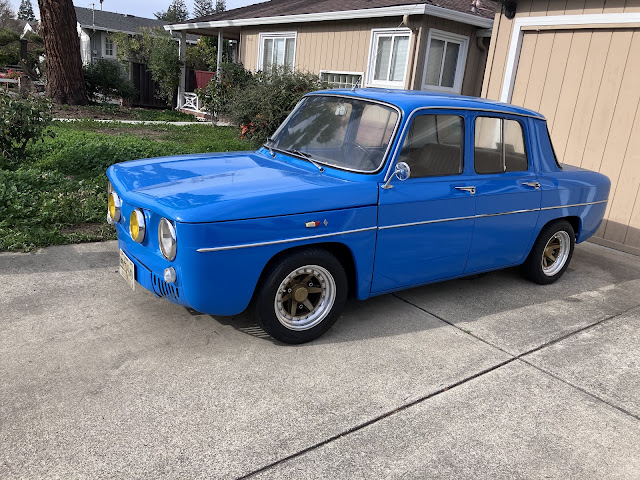"Good music is beyond category."
Duke Ellington
It was springtime in 1973. Sometime in the previous fall I'd decided to share a big Old Town apartment on Burling Street with high school friends Bob and Ruby Houdek and their little daughter Sasha. It was a different kind of time than now. I'd just worked hard in a Presidential election campaign and my candidate had lost, so maybe it wasn't so different. No, cancel that. It was different. We'd have a party and Ruby would make her amazing moussaka and we'd have drinks and music, and sometime after midnight a bunch of new people would show up, a replacement party really, and Bob would assume I knew them, Ruby would assume one of the two Bobs knew them, and in reality none of us knew them. Sometimes little Sasha would toddle into the front room to try on hats in front of a full-length mirror. It was new living in the city, and having a small child around...
Ruby worked in a landmark plant store called Green Inc. near Lincoln Park; it's still there. Bob, on the road to being a cartographer (people used maps then) worked there too. I commuted 11 miles north to a drafting job, often riding my bike along the Lake Shore bike path. One day Bob's trusty old Volvo PV 544 disappeared. It was just gone. Sometime in late spring or early summer, the record store next to Green was the victim of a heist. Just about everything at Ears Records was gone. Bob walked over to talk with Tom, the manager. Tom picked up some records from the floor and gave them to Bob, telling him that this might make it a total loss. Because we were all music critics at heart, we had different takes on Pink Floyd's Dark Side of the Moon. Bob and Ruby preferred the spacey mysticism of the early Floyd, so it wasn't the hit with them that it was with the public. Bob thought maybe Pink Floyd was turning into a bunch of English essayists like the Moody Blues. We were floored by a record called Solid Air, though. English / Scottish songwriter and guitarist John Martyn was completely new to us, and he'd crossed a line from acoustic folk into uncharted territory, with brooding, boozy vocals over a yearning sax on the title song, shimmering vibes and a kind of syncopated lounge rhythm behind the piano on "I Don't Want to Know", and a jangly, stuttering use of something called an echoplex on "I'd Rather Be the Devil." We were hypnotized, and listened to the thing over and over. In an apartment that already had plenty of candidates for a session on the turntable, Solid Air came to define the space, and our season in it. We were still getting used to the city, and the curves that it threw at us. One day Bob was walking in the neighborhood and he found his stolen, pale blue Volvo. It was a little scruffy, but intact; I guess you can't expect thieves to wash the car they've stolen. Bob still had the key in his pocket, so he just got into the thing and drove it back home. With another amateur photographer, I took photos of industrial zones at night. The alley wall behind me was sprayed with Gangster Love; this was almost 3 decades before the phrase appeared in a song. We didn't think much of it at the time. I thought of the Mob when I thought of gangsters, and knew there were more of those guys in plush suburbs like River Forest than in our Old Town neighborhood...
It was sometime in the late summer when something changed. I was sitting on a front porch in the neighborhood with other friends, Toni and Geoph and Susan. We were talking about moving out a bit from the city, maybe to Evanston, where Toni had a job at Northwestern. We were sitting on the steps eating ice cream when a loud bang came from the corner store to the east. Somehow we knew it wasn't a car backfiring, but we went running anyway, down to the corner to see what was going on. Maybe we were thinking we could help; this was before anyone thought much about drive-by shootings, and long before mass shootings became a recurring theme in American life. We got to the corner and there was a guy on the ground with a hole in his head. Another guy was standing in the doorway with a gun; maybe this was the store owner. The police came, but I don't recall any of us being interviewed. In the fall I moved north to Evanston, and when we divided up the record collection from Burling Street I hung onto that copy of Solid Air. I returned to it again and again; it was as if carefully wrought sound could somehow be a source of light...
Photo & Image Credits
Top: Island Records, front cover photo by John Webster
2nd: Historic Chicago ("Looking North on Dearborn, 1973")
Bottom: Photo by Bob Jecmen, from a birthday card by Reiko Fujii















